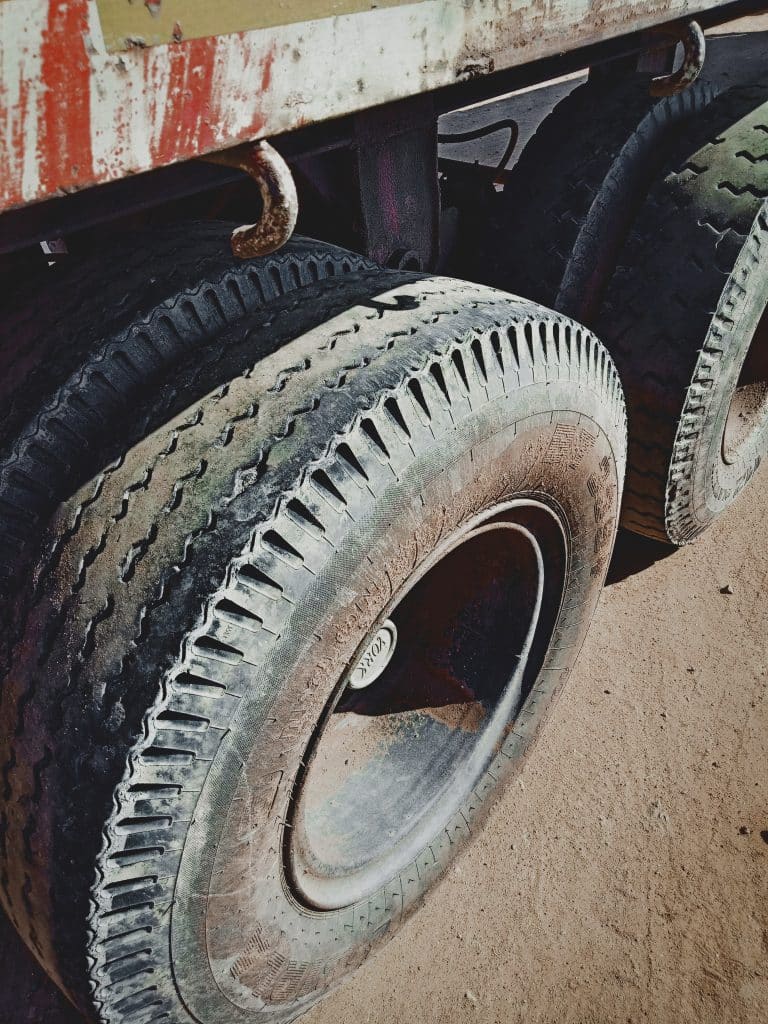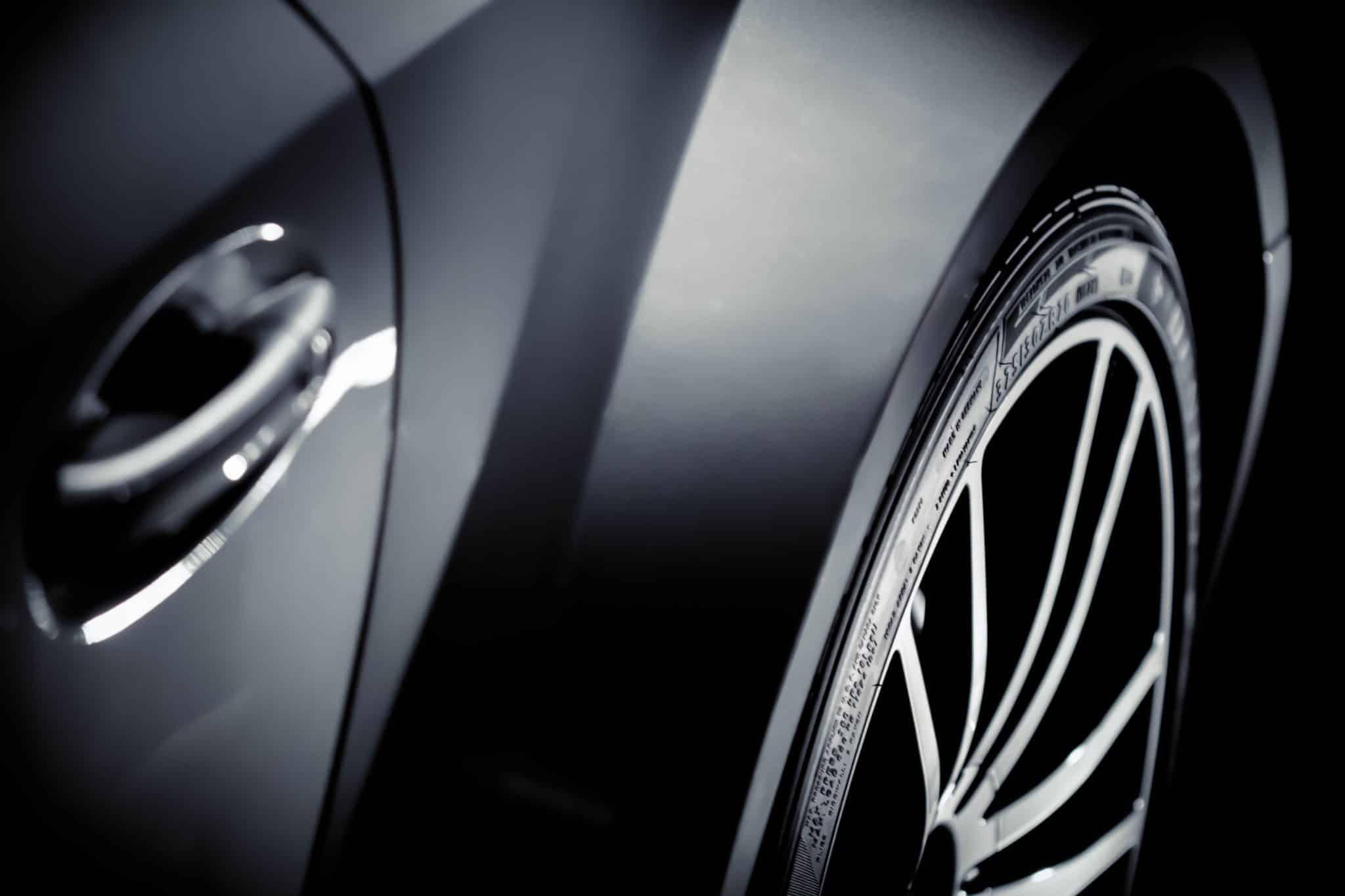Tire Load Index Chart & Information
When it comes to cars, certain specifications are crucial to ensure the proper operation of the machine. Fuel or engine oil type, tire speed rating and plenty of other aspects can help you run your vehicle optimally and ensure its longevity.
In terms of tires, there are plenty of areas that you should look at that most people neglect to see. Recently, I spoke about speed rating, something that can be crucial, especially if you’re the type of person who drives your car near its limits.
In a similar manner, we have the tire load index, something that rarely gets any attention. There’s an unwritten rule, especially with the older generation, that the load index isn’t something you should pay much attention to. Car manufacturers go well above what is needed, so you’ll be fine.
It isn’t something that you should ignore or have no idea what it means. If you’re one of the rare ones that wants to pay attention to this, or you’re curious about the topic, stick around. In this guide, I’ll explain what the load index is and go over some of the important aspects that you should pay attention to.
What is a tire load index?
A tire’s load index is a number that manufacturers assign to a model based on the among of weight the tire can carry at a certain pressure. With every tire, there is an index, determining how much load you can put on the tire, something that car manufacturers specify during the development process of the car.
Whenever we talk about indexes and ratings, it’s important to consider the conditions in which they’re determined. With the load index, tire manufacturers assign them in ideal situations tested in a laboratory, so it’s not like the tire will handle the same load after 10 years of abuse, something I’ll explain further in this guide.
Tire load index chart
To avoid having a mile-long chart, in this guide I’m including the most common load indexes on the market. This means that there are ratings below 70 and above 126
| Load Index | lbs | kg | Load Index | lbs | kg | Load Index | lbs | kg |
| 70 | 739 | 335 | 89 | 1,279 | 580 | 108 | 2,205 | 1,000 |
| 71 | 761 | 345 | 90 | 1,323 | 600 | 109 | 2,271 | 1,030 |
| 72 | 783 | 355 | 91 | 1,356 | 615 | 110 | 2,337 | 1,060 |
| 73 | 805 | 365 | 92 | 1,389 | 630 | 111 | 2,403 | 1,090 |
| 74 | 827 | 375 | 93 | 1,433 | 650 | 112 | 2,469 | 1,120 |
| 75 | 853 | 387 | 94 | 1,477 | 670 | 113 | 2,535 | 1,150 |
| 76 | 882 | 400 | 95 | 1,521 | 690 | 114 | 2,601 | 1,180 |
| 77 | 908 | 412 | 96 | 1,565 | 710 | 115 | 2,679 | 1,215 |
| 78 | 937 | 425 | 97 | 1,609 | 730 | 116 | 2,756 | 1,250 |
| 79 | 963 | 437 | 98 | 1,653 | 750 | 117 | 2,833 | 1,285 |
| 80 | 992 | 450 | 99 | 1,709 | 775 | 118 | 2,910 | 1,320 |
| 81 | 1,019 | 462 | 100 | 1,764 | 800 | 119 | 2,998 | 1,360 |
| 82 | 1,047 | 475 | 101 | 1,819 | 825 | 120 | 3,086 | 1,400 |
| 83 | 1,074 | 487 | 102 | 1,874 | 850 | 121 | 3,197 | 1,450 |
| 84 | 1,102 | 500 | 103 | 1,929 | 875 | 122 | 3,307 | 1,500 |
| 85 | 1,135 | 515 | 104 | 1,984 | 900 | 123 | 3,417 | 1,550 |
| 86 | 1,168 | 530 | 105 | 2,039 | 925 | 124 | 3,527 | 1,600 |
| 87 | 1,201 | 545 | 106 | 2,094 | 950 | 125 | 3,638 | 1,650 |
| 88 | 1,235 | 560 | 107 | 2,149 | 975 | 126 | 3,748 | 1,700 |
How is the tire load index determined by the tire manufacturer?
Unlike the speed rating, there isn’t a lot of information about how the load index is determined, but there are a few ideas hovering around the internet. The approach is like the speed rating but in a different scenario.
Tires are usually assigned a load index during the development process, based on the internal construction. Manufacturers run tests on the tires in laboratory conditions, which will give them an idea if the calculations are correct and if the tires can run in those conditions.
Whenever we talk about running in those conditions, it’s important to note a few things. The load index determines how much load a tire can carry, which is what we’ve explained. With that said, it also means that the tire should remain safe and drivable under that load and live to tell the tale.
How to determine the load index of your tires?
As an unwritten rule, you can take the weight of your car, divide it by 4 and get how much weight each tire will carry. Using the chart above, you should get an idea of the rating, but things aren’t as simple as that.
This approach won’t always give you the exact number because there are plenty of variables. Therefore, follow the specifications from the car manufacturer. You can find this information in the user manual of the car or check out some of the dedicated websites. They have large databases that cover most of the models on the market.
Why is the load index different between the front and the rear tires?
Remember when I said that calculating the load index isn’t as simple as dividing the total weight of the car in 4? Here’s a good example of that. If we look at my IS250, we can see that the front tires have a load rating of 90, while the rear ones are 95. This means that the rear tires can carry roughly 200 lbs. more weight per tire than the front ones, but why?
This is due to how the car is designed. On the front there’s the engine that weighs roughly 400 lbs. and along with the rest of the components comprises slightly over 50% of the total weight of the car. With a 52-48 weight distribution, the front wheels carry 52%, so in a car with a curb weight of 3,651 lbs. rounds up to roughly 950 lbs. weight per tire.
If we were to take the “unwritten” rule, my IS250 should be running tires with a load index of 79 or 80 and be fine, but that’s not the case. The weight on the front tires doesn’t change too much. With that in mind, the rear tires may need to carry more.

Putting 3 passengers in the back, a full fuel tank and several suitcases in the trunk will bump up the weight on the rear by well over 600 lbs., and more. This is the main reason the rear tires have a load index capable of carrying 1,525 lbs.
Why is the load index higher than needed?
With the gross weight of my IS250 being around 4,600 lbs., why are the tires rated to handle loads of 1,000 lbs. more than what the car would ever see? Car manufacturers give a bit of headroom in this regard, to ensure that the tires aren’t constantly at their limit.
Similar to the speed rating, tire manufacturers test a tire’s durability when it’s new. After a while, the tire won’t be able to handle as much due to regular wear and tear. Besides that, throughout its lifespan, it may endure some damage that may compromise the integrity.
Why do truck tires have two load indexes?
With passenger tires, you have a single load index and that’s all you need to know. For truck tires, things are different, at least in terms of which load index you should look at.

When you have a one wheel per axle, look at the first load index, because that’s the one that will carry the load. Some trucks have two wheels per axle, in which case the second load index is the one that’s important. If one tire has damage, the second tire will carry the weight and the responsibility.
Can you change the load index?
I often say that you shouldn’t change anything specified by the car manufacturer unless you know what you’re doing. It’s the same thing with the load index on a tire. There are a few things to keep in mind when making changes.
Going for a tire with a higher load index won’t cause any problems, but you won’t have any gains either. The most important thing to avoid doing is going under the recommended load index. In most cases, you would be fine and the tires won’t explode instantly.
The problem will occur further down the road as the tires age. At a certain point, the load will become too much, and the internal construction will fail, causing the tire to fail. This is an unsafe approach and you shouldn’t do it.
Conclusion
There are several aspects surrounding tires that many people ignore, and the load index is one of them. It’s one of those things that may not seem important, but it’s directly related to your safety, so avoid playing around too much with it.
Speaking of playing around, yes, you have the option to make changes, but that doesn’t apply to all of them. Getting tires with a higher load index than the one specified by the car manufacturer isn’t an issue. The biggest problem is going below that.
At the end of the day, the safest option you have is to go with the OE specs. That way, you won’t be risking your safety or pay more for a tire with a higher load index.





